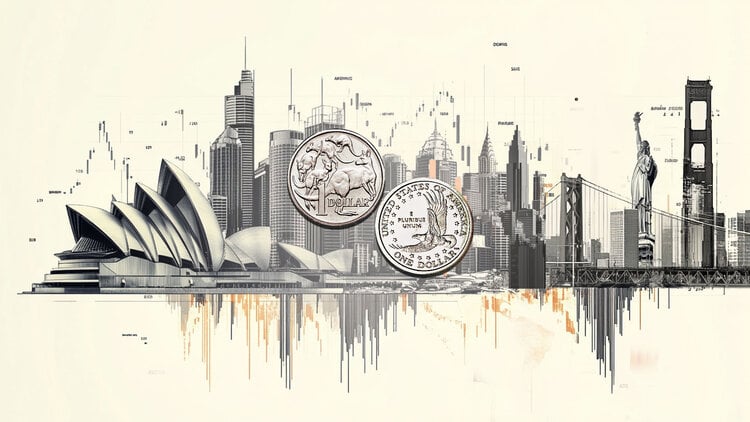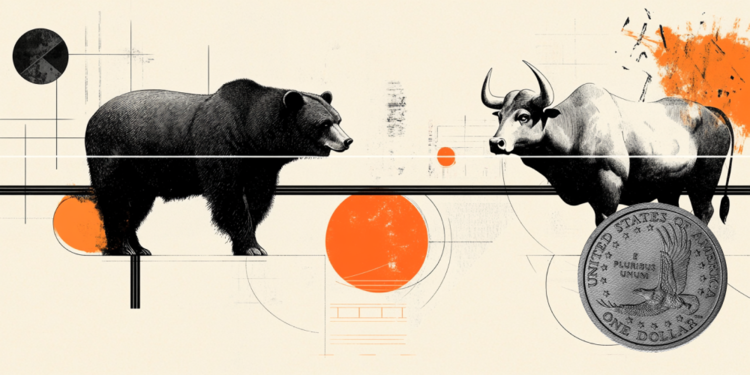With an accumulated inflation of 11.3% in the last 12 months, Brazilians see their real income reach R$ 2,548, the lowest for a first quarter of the year since 2012, that is, in a decade.
The data are from the Continuous National Household Sample Survey (Pnad) in March, released by the Brazilian Institute of Geography and Statistics (IBGE).
The coordinator of the Consumer Price Index of the Brazilian Institute of Economics of the Getúlio Vargas Foundation (FGV Ibre), André Braz, highlights that inflation has been consuming workers’ wages and food is among the main challenges.
“Inflation is forecast for the year to end at 7.7% and for food at 13%. For low-income workers earning up to two and a half times the minimum wage, the increase in food prices is the biggest burden on the budget”, he pointed out.
According to the IBGE, the usual real income between January and March of this year increased by 1.5% compared to the previous quarter (October to December 2021).
However, it dropped 8.7% compared to the same period last year.
Of the ten categories used by the IBGE to divide workers by activities, only two had real income growth between the first quarter of 2022 and 2021: agriculture (+1.8%) and construction, which recorded an average increase of R$ 113 (5.8%).
In this period, another seven had a reduction: trade and repair of vehicles (-2.8%); transport, storage and mail (-0.7%); accommodation and food (-5.2%); information, communication and financial, real estate, professional and administrative activities (-4.6%); other services (-3.4%) and domestic services (-0.6%).
The main declines in one year were registered in industry (-7.3%), with a reduction of R$ 198 in average income, and in the group of public administration, defense, social security, education, health and social services, with a decrease of 15.7%, around R$ 671.
Instability stifles job market growth
If the yield shows a decline in relation to previous years, it had a slight reaction compared to the quarter ended between October and December.
In this case, of the ten groups, only transport, storage and mail (-1.1%) and public administration (-1.6%) registered a reduction.
The main growth occurred in the agriculture categories, with an increase of 6%, around R$93, reaching R$1,649; industry, up 2.9%, reaching R$2,509 (+R$71); construction, an increase of R$117, with an average income of R$2,060 (+6.1%); commerce, up 3.2% and income of R$ 2,107 (+R$ 65); accommodation and food, an increase of 5.6%, adding R$ 90 and reaching R$ 1,696); and domestic services, with 3.1% (R$ 30), with an income of R$ 1,008.
With an average income higher than that of informal work (BRL 1,637), formal jobs grew by 1.1% between January and March and also recorded an increase in value, reaching BRL 2,467.
It is this segment that usually pulls income down or up.
Researcher and economist Fernando de Holanda Barbosa Filho, from FGV Ibre, assesses that the expansion of formal jobs is contained by the economic scenario, with the expectation of a GDP of less than 1% this year.
“This has to do with the low growth rate. Formal work is relatively more expensive, it is expensive. The entrepreneur does this when he sees the environment more peaceful. Uncertainty has increased since 2015 and has not gone down”, he pointed out.
Unemployment was stable in Brazil in the first quarter of 2022, but there are still 11.9 million unemployed people. The employed population fell by 0.5%, with 93.5 million, with 472,000 fewer people than in the quarter between October and December 2021.
Barbosa Filho says that the job market also has other challenges ahead, which go beyond the economic field.
“You still have international turmoil and you have an election year that has everything to be polarized,” he said.
Source: CNN Brasil
I am Sophia william, author of World Stock Market. I have a degree in journalism from the University of Missouri and I have worked as a reporter for several news websites. I have a passion for writing and informing people about the latest news and events happening in the world. I strive to be accurate and unbiased in my reporting, and I hope to provide readers with valuable information that they can use to make informed decisions.





